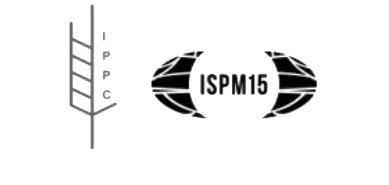You may be wondering what to do with a damaged, defective, or recalled (DDR) battery. There are proper ways to handle this hazardous material so that you don’t end up causing a fire. Shipping batteries are already dangerous, but shipping damaged batteries is a different story.
Identifying a Damaged, Defective, Recalled (DDR) Battery
Before worrying about shipping, you must identify whether you have a DDR battery. The U.S. Department of Transportation offers guidelines determining what constitutes a DDR battery and what you should look for. Criteria include:
- The condition of external and internal short circuit protection, voltage, or isolation measures.
- The state of the safety features for the lithium cell or battery.
- Damage to any internal safety components, such as the battery management system.
- Acute hazards, such as gas, fire, or noticeable leaking electrolyte.
- Lithium batteries showing signs of physical or mechanical damage, such as:
- Swelling, relative to the same battery in its original state
- Discoloration of the battery casing
- Smell or corrosion
- Loose or damaged wires
- Known conditions of use or misuse.
Properly Packing Damaged, Defective, Recalled (DDR) Batteries
DDR batteries are fully regulated under Hazardous Material Center regardless of weight. You’ll have to follow all hazardous packing requirements as follows from the U.S. Department of Transportation:
- An individual, non-metallic inner packaging that completely encloses the cell or battery.
- Cushioning material that is non-combustible, electrically non-conductive, and absorbent surrounding the internal packaging.
- Place each inner packaging individually in Packing Group I performance-level packaging. This means only one lithium battery per inner packaging and only one inner packaging per outer packaging.
- In addition to the proper shipping name and other required markings, mark the outer packaging “Damaged/defective lithium-ion battery” and/or “Damaged/defective lithium metal battery,” as appropriate. Letters must be at least 12 mm (0.47 inches) high.
Recycling DDR Batteries
If you want to help the environment, recycling DDR batteries is an option. Many companies will send you a kit that enables you to properly package the batteries before recycling them. In fact, since the pandemic, the industry itself has been rising.
Lithium Battery Recycling Race Heating Up After Inflation Reduction Act Passes
The Inflation Reduction Act is poised to inject $369 billion into climate and energy programs, including tax credits for buying electric vehicles. Those credits require that a certain proportion of the vehicle input - including the lithium metals that go into the EV batteries - are sourced in the United States.
As a result, automotive companies are betting that recycled material from old batteries will help supply the metal they need to build electric cars - including repurposing Damaged, Defective, and Recalled batteries.
Jaguar Land Rover and South Korean battery conglomerate SK Group recently invested $300 billion in battery recycling giant Ascend Elements. "It has changed the tone and tenor of the discussion we're having with customers," Ascend Chief Executive Mike O'Kronley said. "There's now an even larger urgency to source these critical battery materials locally."
Hire A Proven Co-Packer for Your DDR Batteries
When battery recycling funding starts, many companies are looking to logistics and packaging suppliers to help them figure out how to ship recycled batteries designed by the Department of Transportation as hazardous materials.
At Ameripak, we have 10+ years of expertise designing wood crates and corrugated boxes for batteries that need to be recycled. Check out our DDR packaging at: https://www.ameripakpackaging.com/lithium-ion-battery-recall






